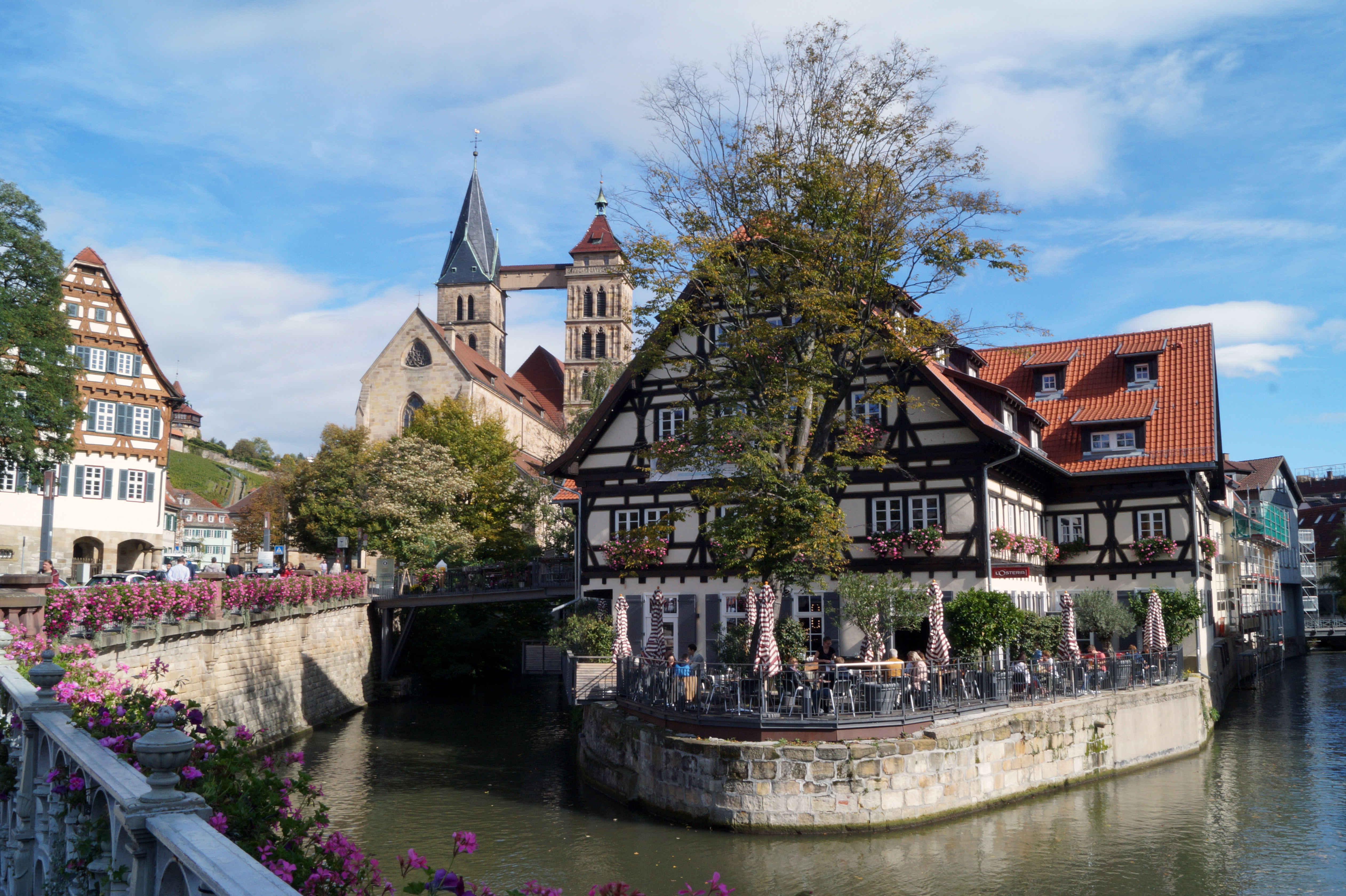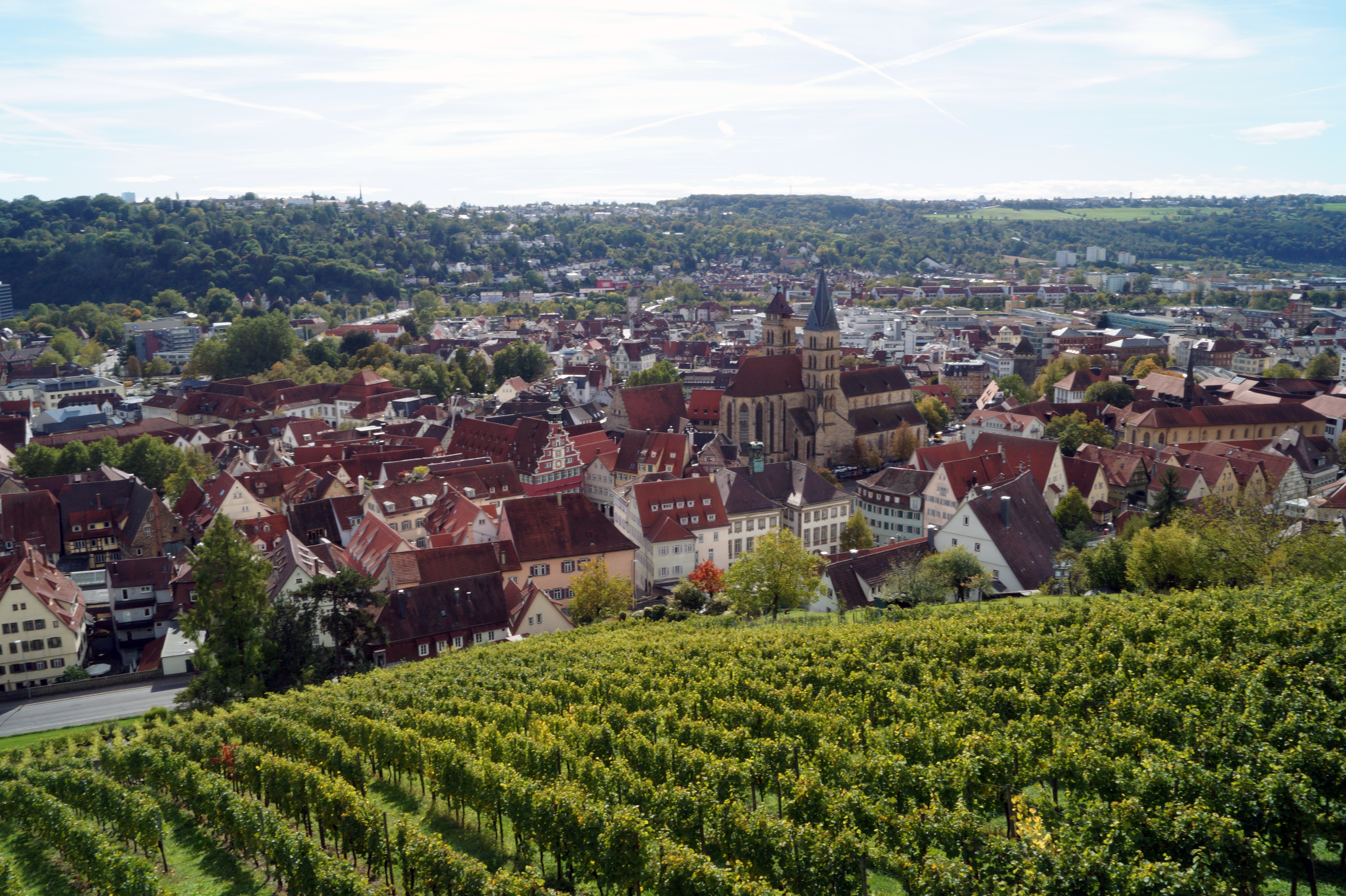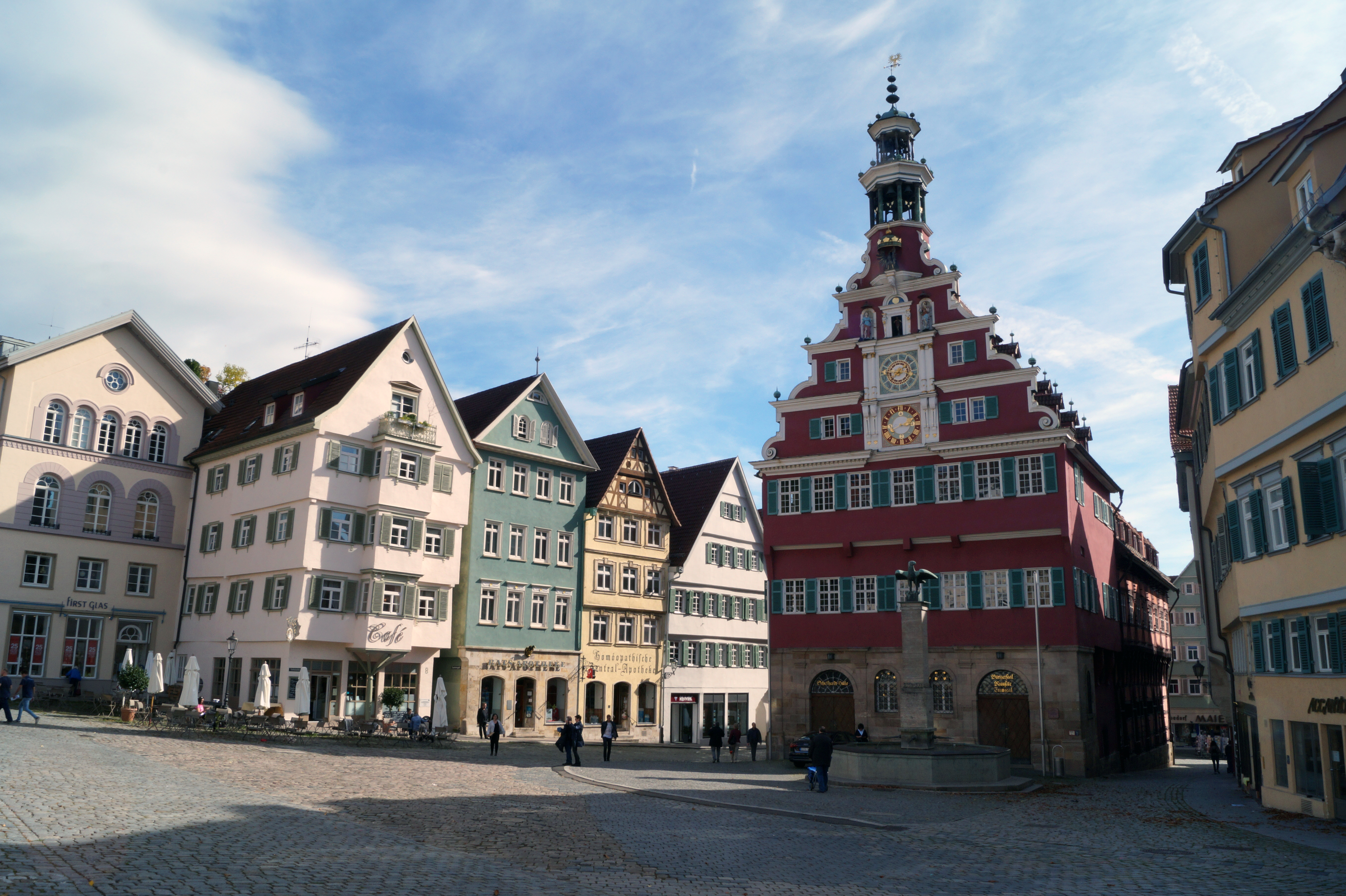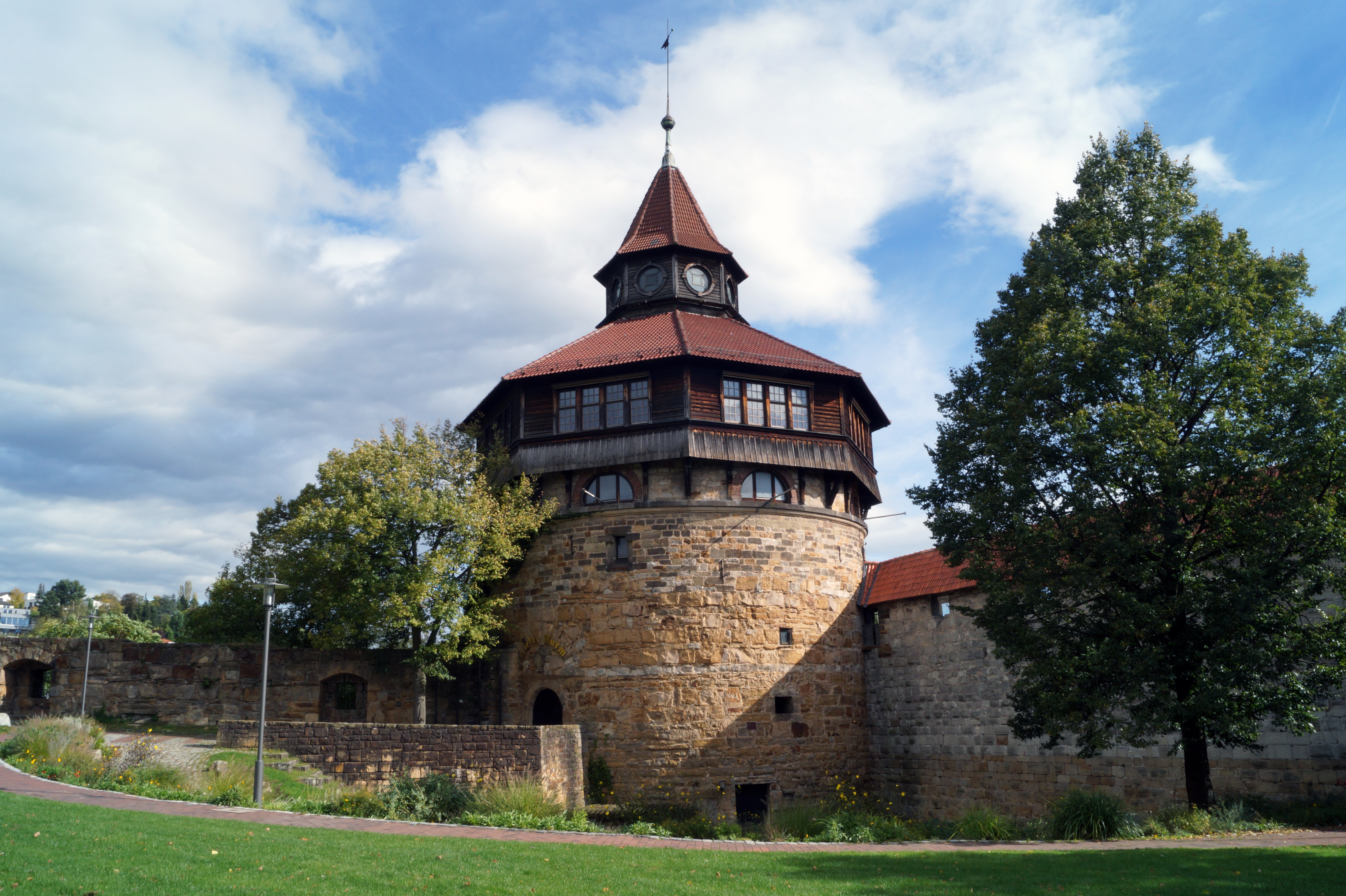
Innovationsquartier: Esslingen-Weil

»Innovative district: Esslingen-Weil« - Lighthouse project for new heterogeneous living
The Fraunhofer IAO is developing an implementation concept for the neighbourhood development project "Innovationsquartier: Esslingen-Weil", focusing on "social innovations" in the subsequent district operation. For the effective use of the heterogeneous cohabitation potential, innovative concepts for the optimization of community and quality of life as well as a differentiated offer of demand-oriented neighbourhood infrastructures are being developed. Thus the focus is on the infrastructure and operating conception for the district as well as development of viable business models to increase the value of the real estate in the life cycle.
Project description:
In the area of Esslingen-Weil the project company Büro Godel is currently developing a neighbourhood with approx. 18,000 sqm of living space in the form of apartments and terraced houses. The framework conditions for the development of a socially fair district with a 75% quota of social housing as the basis for social innovations in the planning and utilization phase were developed in cooperation with planning experts and the city of Esslingen. At the same time, additional financing options as well as economic optimizations (for example, extension of housing space, minimization of underground garages) are to identify during the concept phase to enable improved economic viability and social sustainability.
In the process of developing the »Innovationsquartier Esslingen-Weil«, the following objectives are to fulfil:
Pilot project for social innovation
A lighthouse project for an innovative neighbourhood with the focus on social interaction is being developed in Esslingen
Implementation and knowledge development for (socially) sustainable solutions
Innovative neighbourhood solutions are piloted and put into practice with the aim of enabling new forms of community life
Creation of new neighbourhood-based solutions for social housing
The maximum quality of life in the neighbourhood is § ensured by a differentiated and user-adapted neighbourhood infrastructure
Cooperative planning process with the city administration and other actors
The realization is ensured by a collective innovation process between owner, investor, city administration, infrastructure operators and research.
(Economic) preliminary adjusting of the neighbourhood for future requirements
Already in the planning phase the neighbourhood is being prepared for future infrastructural "upgrades" and ensures maximum profitability.
Approach:
As the first step, based on workshops with clients and expert planners, as well as the analysis of planning documents, requirements and potentials for the city quarter will be identified and outlined in order to facilitate the clear communication of the project and the city administration. In accordance with the requirements modules for the district vision in terms of high spatial quality, continuous economic viability and integral value for developers, users, providers and city administration will be specified. These will form a requirements catalogue of the urban design concept, utilization concept, traffic infrastructure / underground garages, open space, technical building equipment and energy concept.In order to exploit the potential of a heterogeneous cohabitation and to exclude negative development trends, innovative concepts for the optimization of community and quality of life as well as a differentiated range of demand-oriented district infrastructures are to developed. The focus is on the following six modules:
Module 1: "Last-mile logistics" - demand-oriented conceptual design of a technical solution for future-oriented neighbourhood supply (delivery transportation, local supply) for online-based logistics processes of service providers (e.g. neighbourhood sharing box with coupled parcel station)
Module 2: "decentralized area grid" - demand-oriented design of a technical solution for a decentralized, smart energy network in the district, which economic potential enables energy recycling for the future supplier or network operator (e.g. waste heat recovery Neckarcenter, photovoltaic with contractor, tenant’s electricity supply model, etc.)
Module 3: "Shared Uses" – demand-oriented conception of a technical solution for the shared use of different spaces in the neighbourhood, e.g. for work or workshops, leisure, assistance or other use
Module 4: "Smart Home" - a demand-oriented conception of a technical solution for the intelligent and future-oriented equipment of the apartments for "Smart Home & Living" for various user groups (e.g. keyless access system, KNX cabling)
In order to ensure the implementation of the identified modules, they will be approved by planning experts and combined with viable business models to provide reliable recommendations for the optimization of the overall concept as well as the economic viability of strategic decisions for the real estate (e.g. facility management, neighbourhood maintenance, additional "services" for residents).


